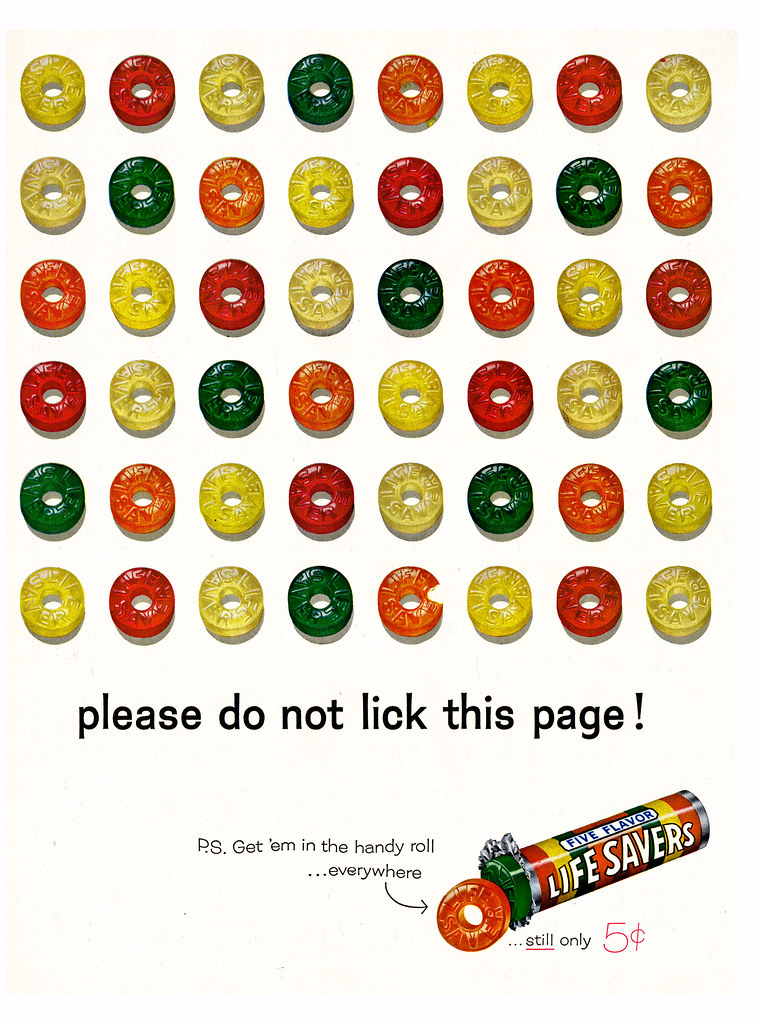“One good idea, clearly and convincingly presented, was better than a dozen so-so ideas strung together. That rule made a difference. When we obeyed it, our essays were stronger. When we ignored it, they were not as powerful as they could have been.”
– Michael Masterson
I first read about the Rule of One in Michael Masterson and John Forde’s Great Leads. You get a feel for the rule in the quote above. In a nutshell:
Focus on one idea, one emotion, one problem — not a dozen.
I read Great Leads early in my copywriting education, and the Rule of One sank deep into the fresh soil of my newbie brain. I’ve been following this rule ever since. And here you are, reading what I write.
Only one problem though.
Even though Michael Masterson says his favorite essays and stories all follow the Rule of One, I can’t say the same. In fact, I can think of lots of great content that looks and reads like a grocery list:
– James Altucher’s post “11 or 12 Things I Learned About Life While Daytrading Millions of Dollars”
– Dan Ferrari’s email “35 direct response lessons from 35 years on Earth”
– The Every Frame a Painting video “Akira Kurosawa – Composing Movement” (which covers five ways that Kurosawa used movement in his shots)
But you might say, those are all examples of content, not sales copy. All right then, here’s a relevant quote from Gary Bencivenga about sales copy:
“I know this sounds like heresy, but I’d much rather have in a good direct mail package three or four or 10 good reasons to buy, than to have to sacrifice nine of them in favor of the one USP. The USP really can be misapplied to direct marketing where you have the luxury of closing the sale on the spot and can give one dominant reason to buy but also seven or eight other reasons. You don’t have to abide so religiously to a single Unique Selling Proposition.”
Maybe I’m simply misapplying the Rule of One, or maybe I don’t understand what it really says. And I do think there is value in focused writing.
But for me personally, I am moving the Rule of One from the “rule” drawer and into the “tool” drawer. Focusing on just one idea can be useful in a given situation… but it’s not something to obey blindly. Perhaps you’ll consider whether this makes sense for you too.
Anyways, if you’re interested in reading James Altucher’s post above or watching that Every Frame a Painting episode, both are easy to track down on the Internet.
Not so with the Dan Ferrari email. Dan doesn’t archive his emails anywhere. So if you want to get them when he sends them out, you’ll have to be on his list.
And even then, you might have to wait a while, because Dan emails very rarely. (I guess he’s too busy counting all the zeroes on his royalty checks.) But when he does send something out, it tends to be great, like the “35 lessons” email above. So if you want to sign up to Dan’s list so you don’t miss his next (sporadic) email, here’s where to go:

